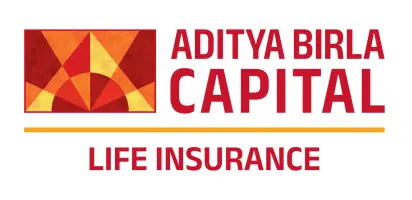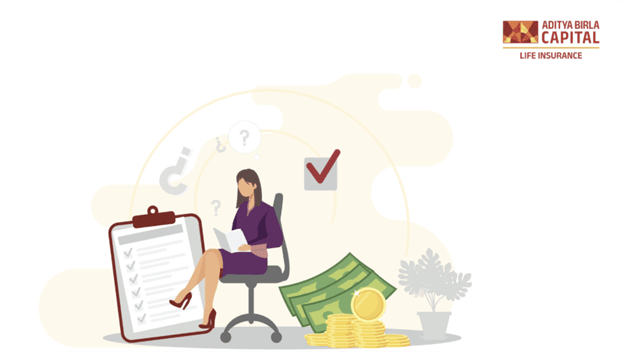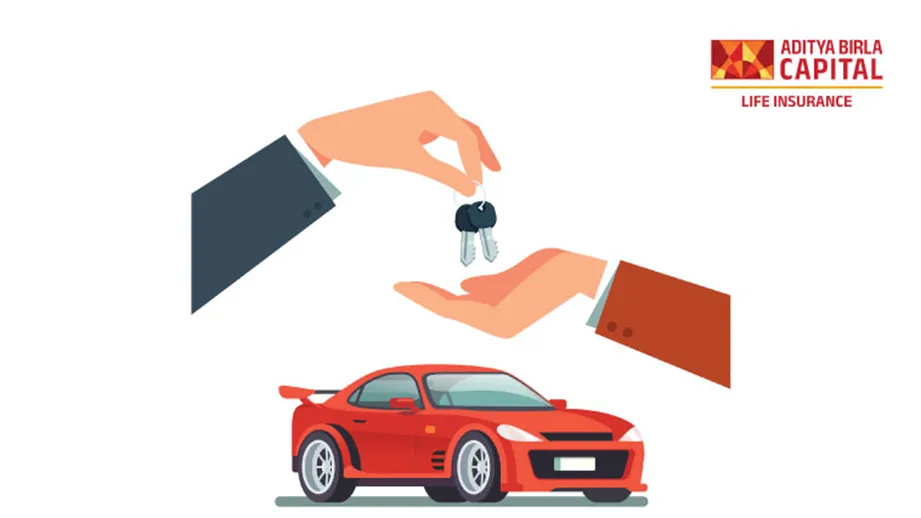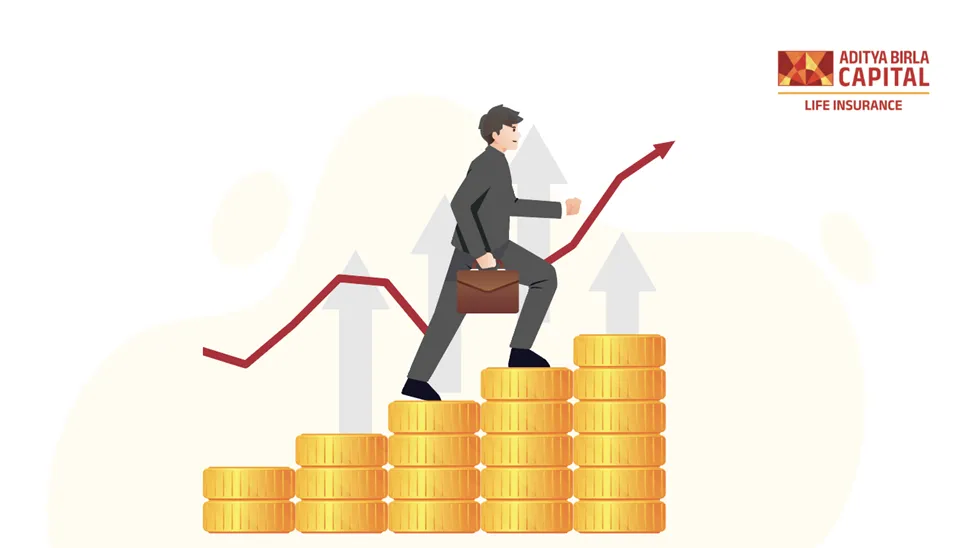High-Risk Investments in India: The Potential for High Returns
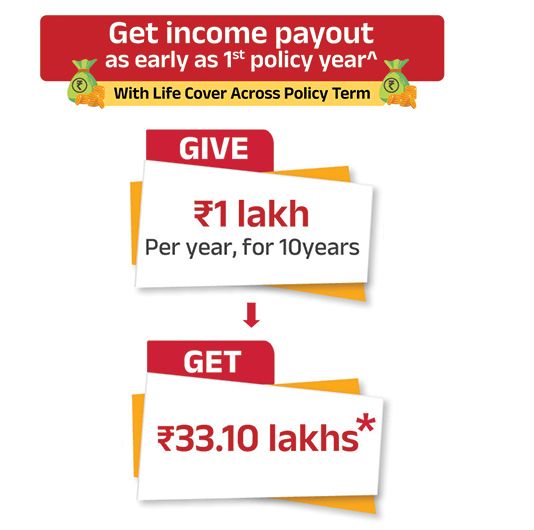
Plan Smarter, Live Better!
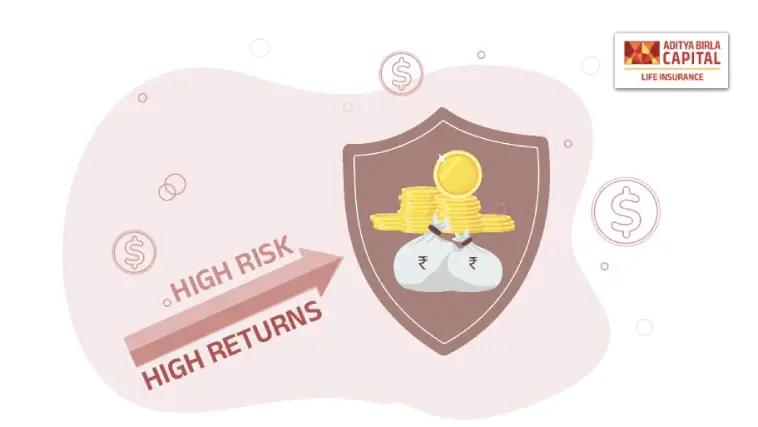
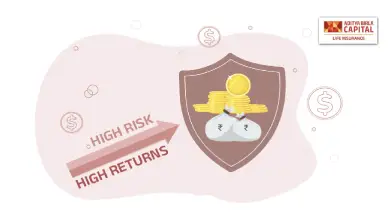
- Table of Contents
High-Risk Investments in India: Potential for High Returns FAQs
High-risk high-return investments are financial instruments or assets that carry a higher level of risk compared to other investment types but have the potential to deliver significant returns.
High-risk investments are considered risky due to several factors, including market volatility, regulatory changes, and potential economic downturns. They are susceptible to major price fluctuations that could lead to significant losses.
Some high-risk investment options in India include equities, equity-oriented mutual funds, real estate, cryptocurrencies, commodity trading, and derivatives.
Yes, it is possible to lose your entire investment with high-risk investments. The high level of risk can result in significant losses if market conditions turn unfavourable.
Risk can be mitigated through diversification, which involves spreading investments across various asset classes. Additionally, maintaining a balance between high-risk and low-risk investments in your portfolio can help manage risk.
High-risk investments may not be suitable for everyone. They are generally more suitable for investors with a high-risk tolerance and a long investment horizon. It's essential to understand your risk tolerance and financial goals before venturing into high-risk investments.
The proportion of high-risk investments in your portfolio should align with your risk tolerance, investment horizon, and financial goals. Consult with a financial advisor to determine an appropriate allocation.
High-risk investments have the potential to deliver high returns that can outpace inflation. However, they also carry the risk of significant losses.
Investing in high-risk assets without proper knowledge can lead to significant financial losses. It's recommended to gain a good understanding of the investment type, its risks, and potential returns before investing. Consulting with a financial advisor is also advisable.
Get immediate income payout after 1 day of policy issuance^
ABSLI Nishchit Aayush Plan
Guaranteed# Income
Life Cover across policy term
Lumpsum Benefit at policy maturity.
Get:
₹33.74 lakhs~
Pay:
₹10K/month for 10 years
Most Popular Calculator
ADV/2/23-24/3696
